
Lot 74
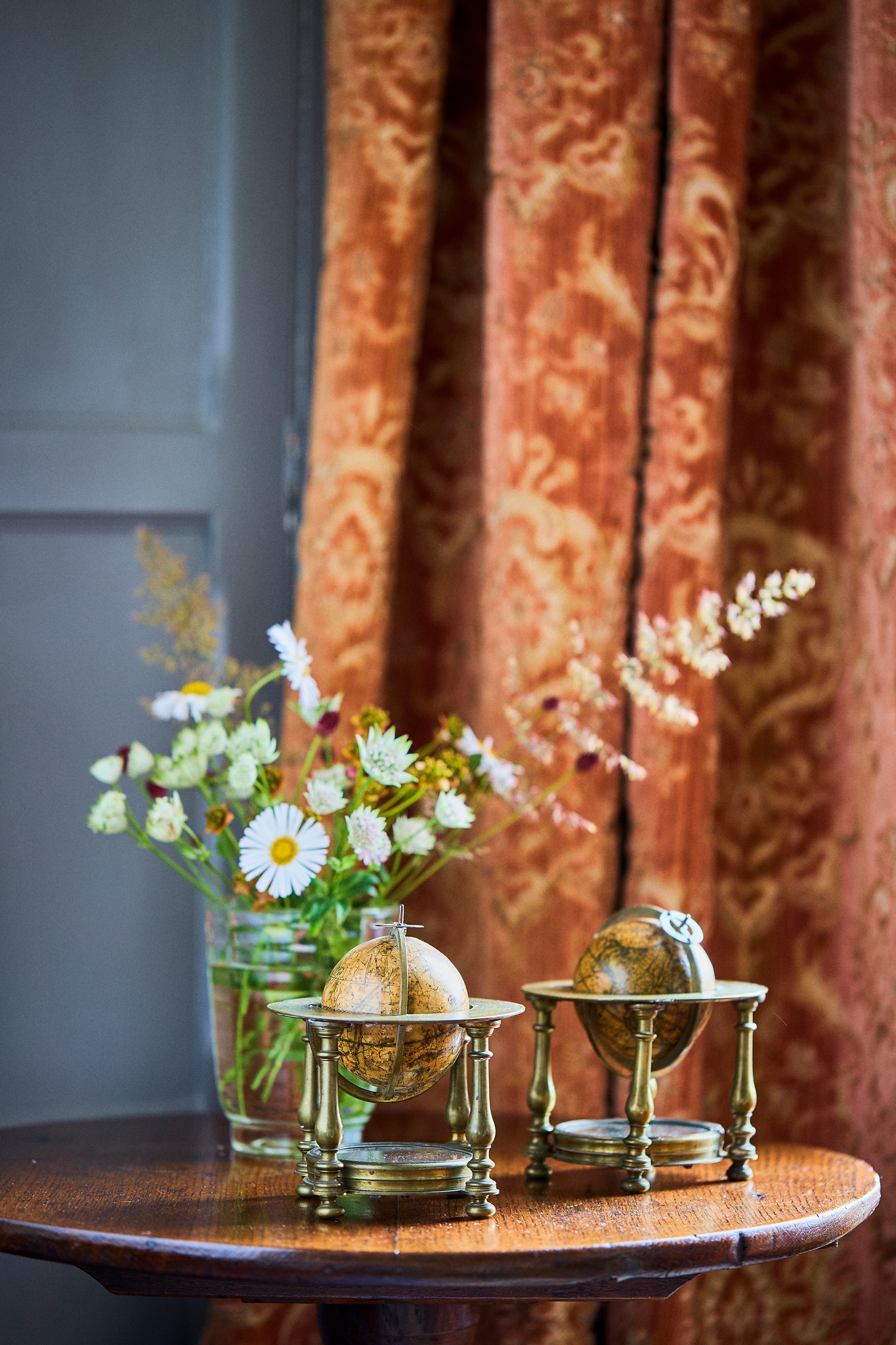
FINE AND RARE PAIR OF ENGLISH 2 3/4 INCH JOHN SENEX GLOBES ON PRESENTATION STANDS
MID 18TH CENTURY
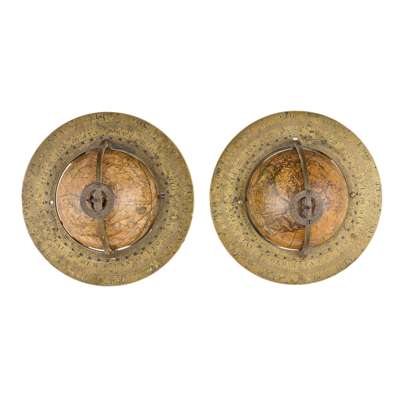
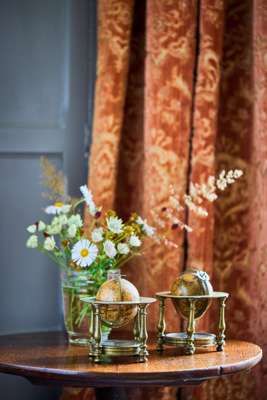

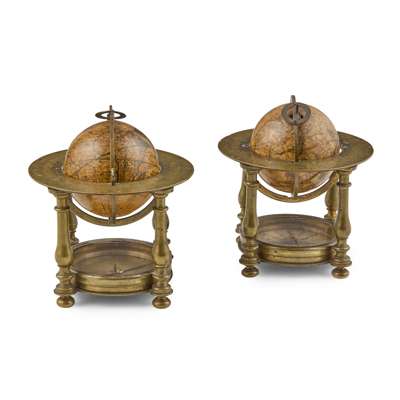
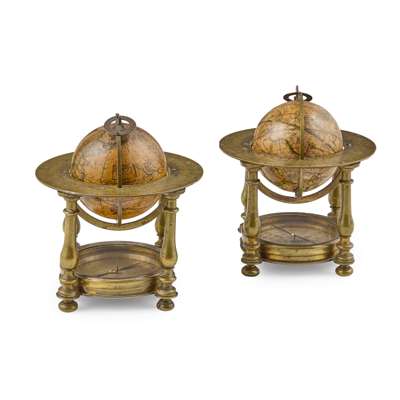



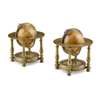
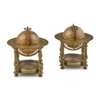
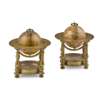
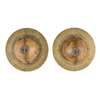
Auction: Property from the Estate of Virginia Fortune Ryan Ogilvy, Dowager Countess of Airlie | Wed 3rd Sept at 10am | Lots 45 to 170
Description
the stands attributed to George Adams, Instrument Maker to King George II, the cartouche printed ‘A New & Correct GLOBE of the Earth by I. Senex F.R.S’ (partially rubbed), the terrestrial globe mounted in brass meridian engraved with a four degree quadrants and circular hour scale engraved with two I-XII scales, the hand coloured gores with Antipodes to London marked, California is shown as a peninsular, Australia is shown according to the Dutch discoveries and Tasmania is labelled New Zealand, the brass stand with horizon ring finely engraved with four degree quadrants, zodiac scale with abbreviated names and symbols, two date scales and calendar scale, raised on four baluster columns above circular base mounted silvered compass rose and blued steel needle, on four bun feet, the celestial globe with hand coloured gores, mounted in matching brass stand (2)
Dimensions
14cm high, 12cm diameter
Provenance
Property from the Estate of Virginia Fortune Ryan Ogilvy, Dowager Countess of Airlie
Footnote
John Senex (1678-1740) was a publisher of scientific tracts and a prolific map and globe maker in London during the first part of the 18th century. His globes range from 2 3/4in. to 27in. diameter and he was elected a Fellow of Royal Society in 1728 and subsequently his globes then bear the initials FRS in the cartouche. Following Senex's death the copper plates were used by other globe makers and they were revised to show California as a peninsular and George Anson's circumnavigation of 1744. George Adams (1709-1772), instrument maker to King George II, purchased the copper plates from Senex's widow in the 1750's.
Auction Comparable: Bonhams, London (Knightsbridge), Online 2-12 September 2024, lot 75, A pair of John Senex 2 3/4-inch globes on presentation stands, English, mid 18th century, these globe's maps, meridians and scales of the stands are identical, the compass roses are near identical, only the bases of the stands differ with a wider brass base border ring that encloses the legs and extends out to near the same diameter as the scales above.











